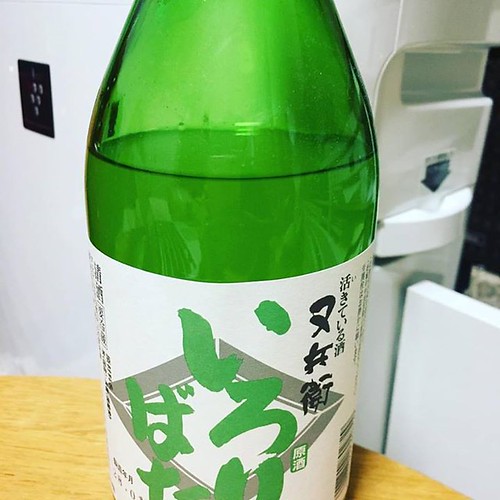In addition, the percentage of cells in the DNA synthesis period of the  mobile cycle was increased in the MCF-seven mobile line developing on the tough rigidity substrate (one hundred kPa) compared to these grown on the softer substrates (ten kPa and thirty kPa), which was predominantly thanks to a reduction of the G0/G1 period and increased G2/M phases of the mobile cycle (P,.01, Fig. 3C, D, E and F). Entirely, these results reveal that breast most cancers cells were capable to perception and respond to the rigidity of their substrates, and that substrate rigidity could impact mobile spreading and proliferation.
mobile cycle was increased in the MCF-seven mobile line developing on the tough rigidity substrate (one hundred kPa) compared to these grown on the softer substrates (ten kPa and thirty kPa), which was predominantly thanks to a reduction of the G0/G1 period and increased G2/M phases of the mobile cycle (P,.01, Fig. 3C, D, E and F). Entirely, these results reveal that breast most cancers cells were capable to perception and respond to the rigidity of their substrates, and that substrate rigidity could impact mobile spreading and proliferation.
To receive a worldwide viewpoint of the molecular pathways associated in the response to substrate rigidity, we utilized SILAC in conjunction with LC-MS/MS to evaluate the rigidity-induced differential expression of the complete proteome of MCF-seven cells for seventy two h, and the lysates have been combined and subsequently fractionated by SDS-Webpage. Soon after in-gel digestion, the proteins ended up identified and quantified by LC-MS/MS. The experimental scheme is proven in Fig. one. By utilizing SILAC and a database search, much more than 2125 and 2312 proteins have been quantified. Of these identified proteins, 1735 proteins appeared in each extracts, and 151 of these proteins were differentially regulated by the diverse rigidity substrates (ten and 100 kPa), Fig. S1. The proteins had been filtered by their importance thresholds (P,.05), and the peptide spectra had been in contrast to top quality threshold values. Subsequent these good quality control steps, data revealed that all 8 subunits of chaperonin CCT ended up drastically improved by one.94to two.198-fold on the hardest substrate (100 kPa) compared to the softest substrate (10 kPa) (Desk one). To investigate this fascinating phenomenon further, we here concentrate on the functions of chaperonin CCT in rigidity-induced breast cancer cell proliferation. The international knowledge describing the proteome expression of cells grown on distinct rigidity substrates will be revealed in a separate manuscript. We utilized Western Blot and Actual-time RT-PCR to detect chaperonin CCT mRNA and Protein expression levels in breast most cancers cells grown on substrates of distinct rigidity (ten, 30, and a hundred kPa). The results AIC246 showed that in each MCF-7 and T47D cells, the expressions of chaperonin CCTa, CCTb, CCTc, CCTd, CCTe, CCTf, CCTg, and CCTh have been higher on tougher substrates than on softer substrates (Fig. 4A, B and C). Then, we detected the chaperonin CCT folding action of denatured b-actin in MCF-7 mobile extracts growing on various substrates (10 kPa, 30 kPa, a hundred kPa) to determine whether the expression amounts of chaperonin CCTs on tough substrates was proportional to the folding activity. The outcomes confirmed that chaperonin CCTs’ folding exercise was also substantially elevated on the harder substrate (100 kPa) compared to the softer substrates (10 kPa and 30 kPa) (Fig. 4D).
Growth traits and 15271292morphology of cells developed on different rigidity silicone substrates, EY = 10, 30 and 100 kPa (6400). EY: the Young’s modulus. Results of substrate rigidity on cell proliferation, spreading location, and cell cycle in the MCF-seven breast most cancers cells. (A) The cellular spreading area of MCF-seven cells grown on different rigidity substrates for various lengths of instances. Information are presented as the means 6 SEM from 3 unbiased experiments. P,.01. (B) The proliferation fee of MCF-seven cells developed on various rigidity substrates for diverse lengths of time. Information are offered as the indicates 6 SEM from three impartial experiments. P,.01. (C) Cell cycle investigation of MCF-seven cells developed on diverse rigidity substrates in a few independent experiments. P,.01. (F) MCF-7 cells grown on diverse rigidity substrates for a hundred and twenty several hours information show the final results of stream cytometry plots from a single of a few independent experiments.
